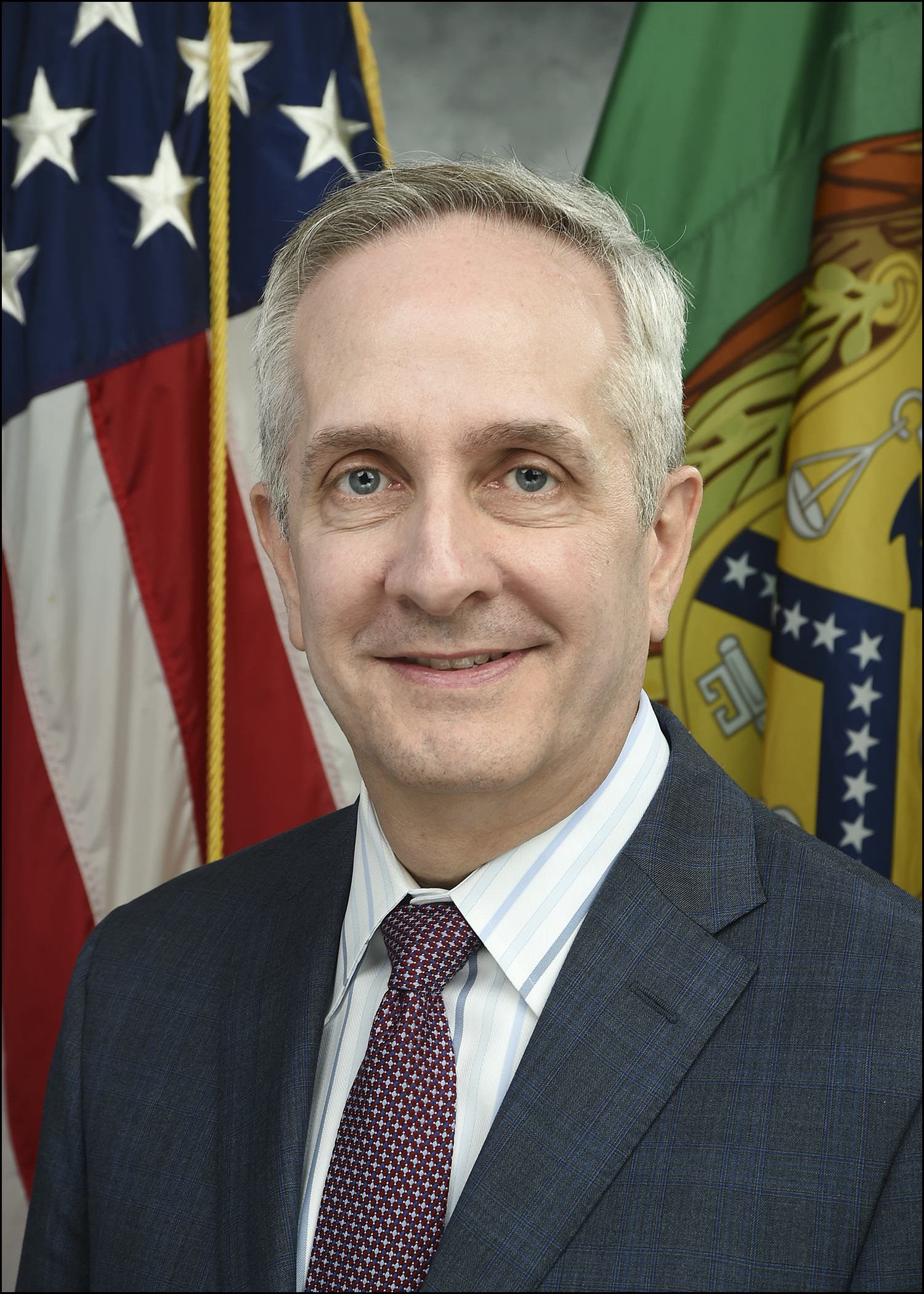

New Video about Fiscal Service
Mission
Promote the financial integrity and operational efficiency of the federal government through exceptional accounting, financing, collections, payments, and shared services.
Vision
Transform financial management and the delivery of shared services in the federal government.
Values
We are guided by our commitment to integrity, collaboration, accountability, learning, and excellence in our dealings with each other and with those we support and serve.
We finance government operations by offering Treasury securities through reliable,accurate, flexible, and electronic systems.
CollectionsWe operate the federal government’s collections and deposit systems.
PaymentsWe provide central payment services to the American public on behalf of government agencies.
Debt ManagementWe identify and assist in the prevention of improper payments, while collecting debt owed to government agencies.
Shared ServicesWe deliver cost-effective, quality administrative and information technology services through a shared service model.
Government-wide Accounting and ReportingWe provide timely, reliable, and transparent financial services and information.

In FY2019
Financing
We awarded $11.7 trillion in wholesale Treasury marketable securities and conducted 325 auctions to fund critical government operations and activities.
We issued and serviced $104.7 billion in savings and marketable securities held in the TreasuryDirect system.
Collections
We collected over $4.26 trillion in federal revenue of which 98.4% was settled electronically.
Payments
We disbursed 1.2 billion payments totaling more than $3.7 trillion, 100% on time, with 96.5% disbursed electronically. We disbursed 87.3% of all federal payments, including IRS tax refunds, Social Security Administration and Supplemental Security benefits, OPM retirement benefits, veterans benefits, and vendor payments.
Financial Innovation and Transformation
We launched a financial management innovation program that partners with federal agencies in pilots and proof-of-concepts to help them improve their financial management practices.
Debt Management
We collected $9.65 billion in delinquent debt; over $9.34 billion was collected through the Treasury Offset Program (TOP) and 210.6 million through the Cross Servicing program.
Do Not Pay
We assisted agencies in identifying or stopping 15,489 improper payments worth $27.3 million (through third quarter).
Shared Services
We provided information technology and administrative services (i.e. financial management, human resource, travel, and procurement services) to 82 federal agencies as part of the Treasury Franchise Fund.
Accounting
We accounted for and reported the $22.7 trillion public debt and managed a daily cash flow of $127.4 billion. We provided forecasting and reporting through the Daily Treasury Statement and additional budgetary results through the Monthly Treasury Statement. We released the Financial Report of the United States Government.
DATA Act
We provided the public and federal agencies with access to a greater range of financial data and established government-wide financial data. Through our websites, usaspending.gov and datalab.usaspending.gov, we are leading the way to provide financial data that is usable by agencies to make better decisions and increase the transparency and accountability of federal spending and taxpayer dollars. The Digital Accountability and Transparency Act or DATA Act is a law that aims to make information on federal spending more easily accessible and transparent.
Our People

Timothy Gribben, Commissioner
Timothy (Tim) E. Gribben was appointed commissioner of the U.S. Department of the Treasury’s Bureau of the Fiscal Service (Fiscal Service) on May 13, 2019. Mr. Gribben provides leadership, policy direction, and guidance for Fiscal Service’s efforts to transform financial management and the delivery of shared services in the federal government and oversees bureau operations.
In FY 2019, Fiscal Service issued more than 1.2 billion federal payments worth $3.7 trillion to more than 100 million people, collected more than $4.26 trillion in federal revenue, and collected $9.65 billion in delinquent debts. The bureau conducted 325 Treasury security auctions to finance the public debt and awarded nearly $12 trillion in Treasury marketable securities to investors. Fiscal Service manages a daily cash flow of more than $127.4 billion, has government-wide program responsibilities for credit and cash management, and accounts for the federal government’s debt of $22.7 trillion. Fiscal Service produces the daily and monthly Treasury statements, the Monthly Statement of the Public Debt, and the Financial Report of the United States Government.
Prior to his current position, Tim served as the chief financial officer (CFO) and associate administrator for performance management at the Small Business Administration (SBA). Prior to joining SBA, Mr. Gribben was a manager at the U.S. Postal Service. In the private sector, Mr. Gribben spent over five years at a privately-held technology firm as director of a business unit and two years with J.P. Morgan.
As SBA’s CFO and associate administrator, Mr. Gribben was responsible for all aspects of SBA’s financial management (including preparation and submission of the agency’s budget and financial statements), performance management, internal controls, and acquisition. Mr. Gribben previously served as SBA’s deputy CFO and as chair of the agency’s executive resources board. In his performance improvement roles, Mr. Gribben was responsible for leading SBA’s performance improvement initiatives through strategic planning and analysis, performance reviews, and accountability/performance reporting.
Mr. Gribben graduated from the College of William & Mary with a bachelor’s degree in accounting and earned a Master of Business Administration degree from Duke University.
Other Executive Management
- Steve Manning, Deputy Commissioner for Finance and Administration
- Matt Miller, Deputy Commissioner for Accounting and Shared Services
- Jeff Schramek, Deputy Commissioner for Financial Services and Operations
- James Regan, Acting Chief Counsel
- Joseph Gioeli, Chief Information Officer and Assistant Commissioner - Information and Security Services
- Theresa Kohler, Chief Financial Officer and Assistant Commissioner - Office of Management
- Mike Linder, Assistant Commissioner - Fiscal Accounting
- Paul Deuley, Acting Assistant Commissioner - Office of Shared Services
- John Hill, Assistant Commissioner - Office of Financial Innovation and Transformation
- Daniel Vavasour, Assistant Commissioner - Debt Management Services
- Ronda Kent, Chief Disbursing Officer and Assistant Commissioner - Payment Management
- Doug Anderson, Assistant Commissioner - Retail Securities Services
- Sandra Paylor Sanders, Acting Assistant Commissioner - Revenue Collections Management
- David Copenhaver, Assistant Commissioner - Wholesale Securities Services
- Lori Santamorena, Executive Director - Government Securities Regulations
Our History
Right before World War II, in 1939, President Franklin Roosevelt began a reorganization of the executive department. The president consolidated all Treasury financing activities into a "Fiscal Service" under the direction of a fiscal assistant secretary.
These activities included accounts, deposits, bookkeeping, warrants, loans, currency, disbursements, surety bonds, savings bonds, and the public debt.
By 1940, the Fiscal Service consisted of the Bureau of Accounts, the Bureau of the Public Debt, and the Office of the Treasurer—all under the direction of the fiscal assistant secretary.
A 1974 reorganization of the Fiscal Service created the Bureau of Government Financial Operations, which consolidated most of the functions of the Office of the Treasurer.
In 1984, the Bureau of Government Financial Operations was renamed the Financial Management Service (FMS). The new name reflected Treasury’s aim to achieve greater efficiency and economy in government financial management.
During this time, the Bureau of the Public Debt (BPD) continued to track, account for, and manage the various elements of the public debt structure first established by George Washington’s Secretary of the Treasury, Alexander Hamilton.
On October 7, 2012, Treasury Secretary, Timothy Geithner issued Treasury Order 136-01 creating the Bureau of the Fiscal Service, consolidating the operations of the Bureau of the Public Debt and the Financial Management Service.


